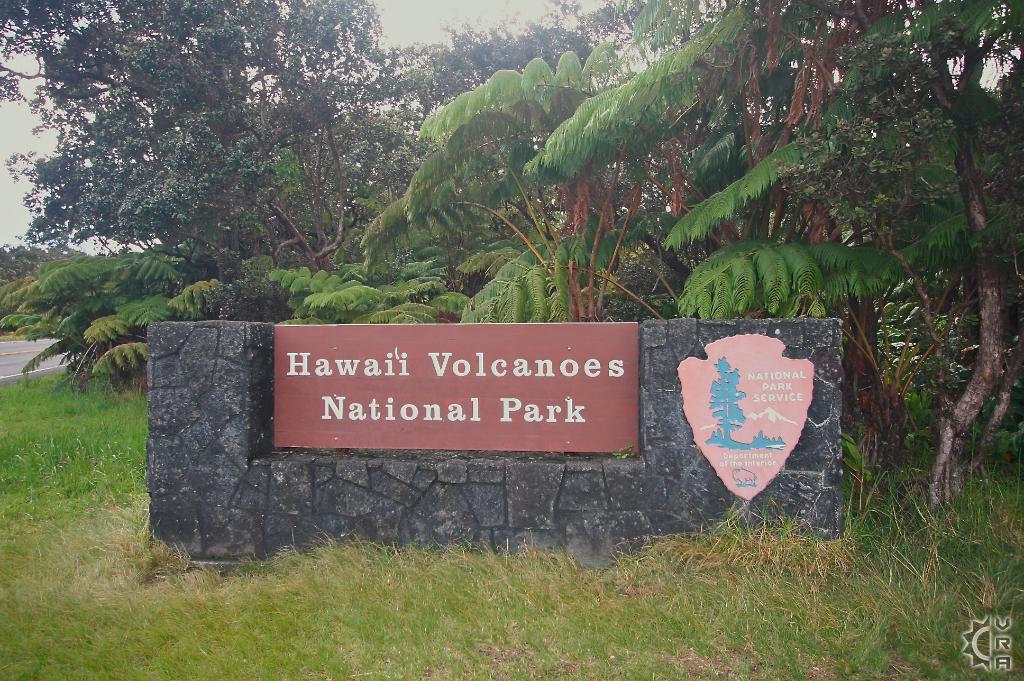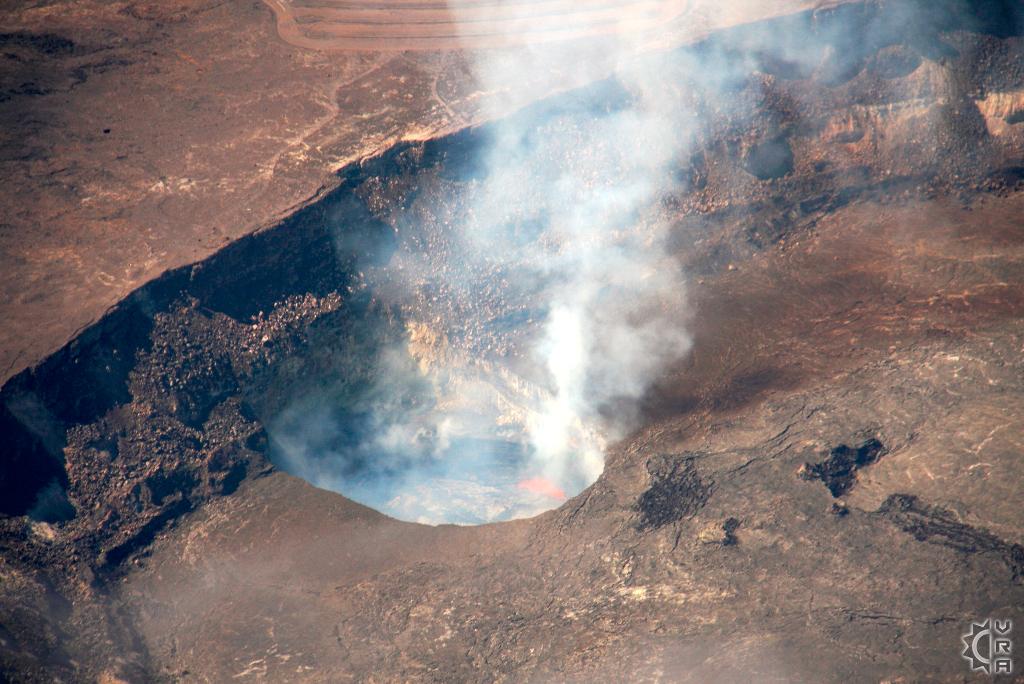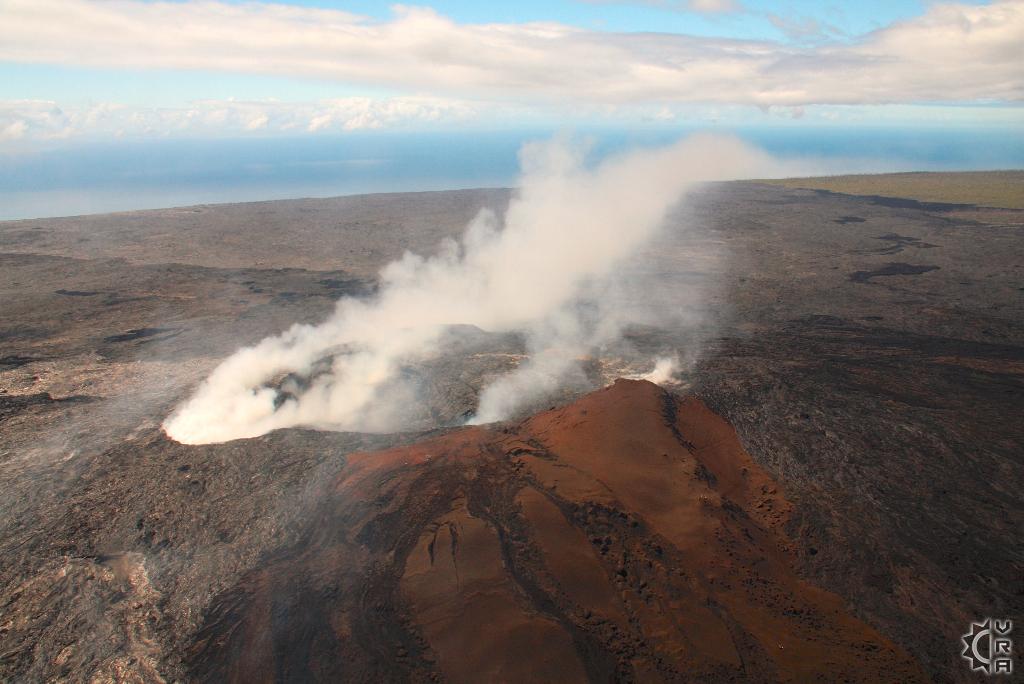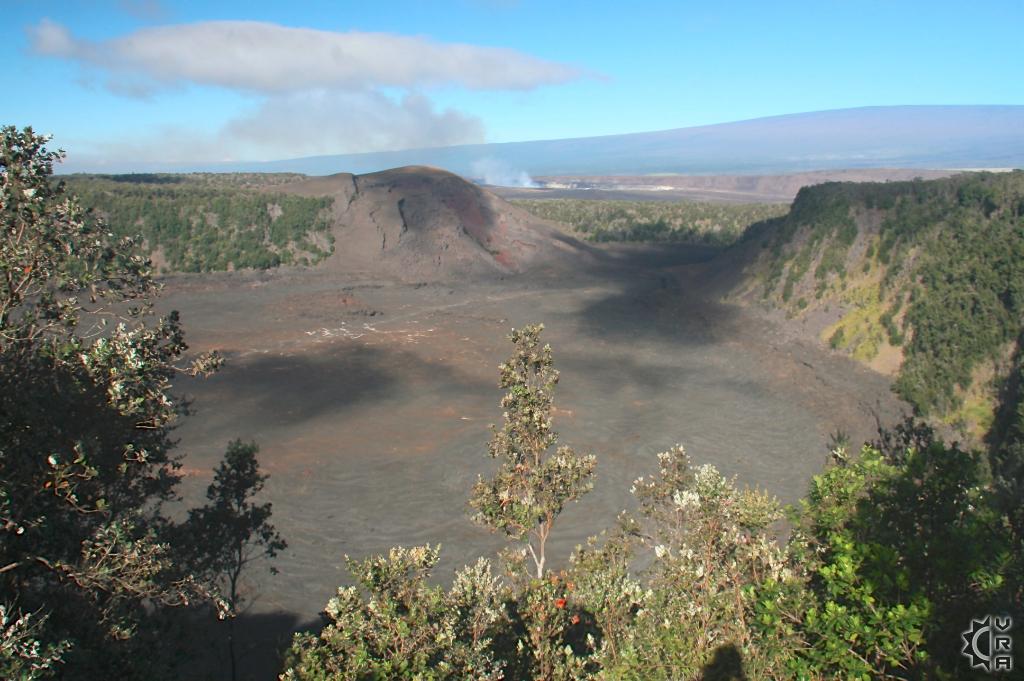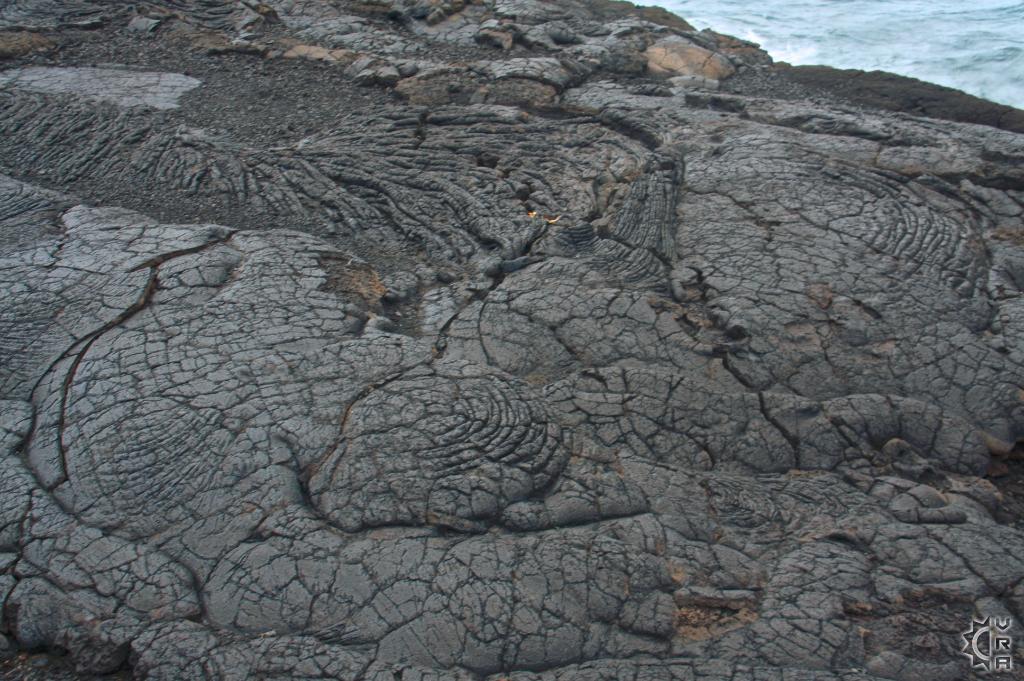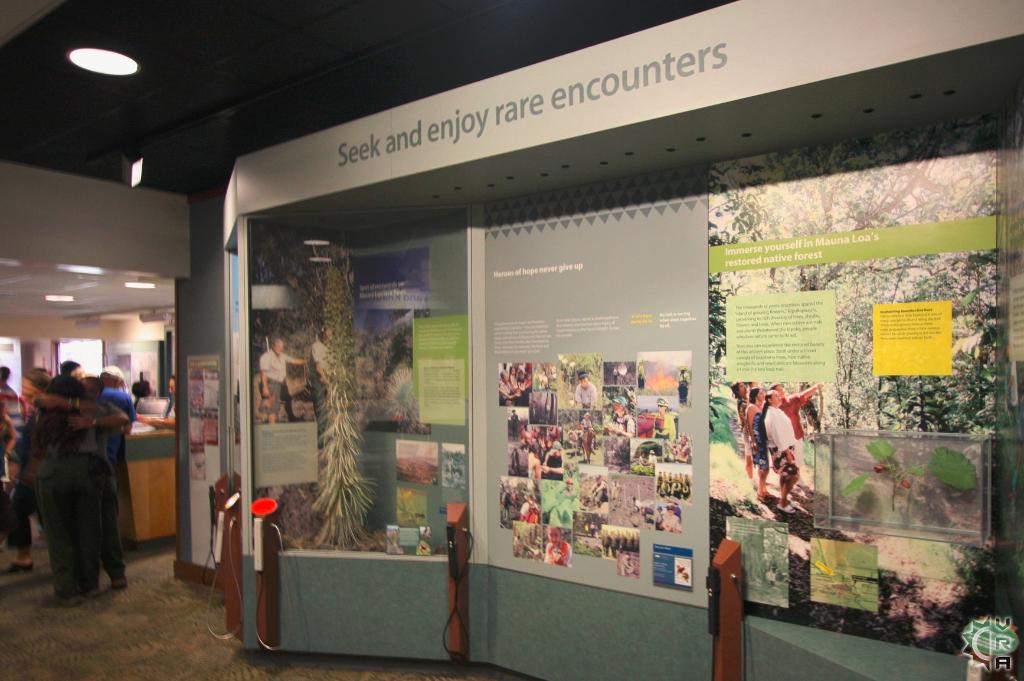Hawai'i Volcanoes National Park
Description
The rare opportunity to witness and explore the volcanic evolution of the Hawaiian Islands awaits the visitor willing to make the trek to Hawai'i Volcanoes National Park. Within the park you will find the world's longest active and continuing eruption that began back in 1983 and continues daily at the remote Pu'u O'o vent. A more recently eruption featuring a gas and smoke plume that began in 2008 is visible at the Halema'uma'u Crater, which is closer to the parks center.
Highlights: Visit the only park in the world with an actively erupting volcano. Two eruption sites, and solidified lava of every shape and form make this park a truly amazing spectacle of landscapes that seem more lunar then tropical.
Options: Make it a day trip or an overnight depending on what length of exploration you desire. Remember the orange lava glow is best seen after dark.
Hazards!: There are many health and safety concerns at the park. Fumes from the ongoing eruptions are at times noxious and rich in sulfur dioxide gas so be aware of wind direction and fumes if choosing to view the active regions of the park.
Sturdy closed-toe footwear will best protect you if you are planning to walk and explore the trails into the lava. Beware the lava rock can be jagged and sharp edged easily cutting into exposed areas of the body.
Fee: $10 per car entry, receipt good for 7 days re-entry.
The vast landscape of this park is one of the premiere natural wonders of Hawaii, and is a testament to the volcanic forces that created each of the islands in the Hawaiian archipelago. Every kind of lava formation imaginable is registered in stone, and layer upon layer of eruptive building and destruction can be seen as you drive along the seemingly endless "Chain of Craters" road. A very detailed interpretive visitor center is staffed from 7:45 a.m. to 5:00 pm daily and is located a short drive into the park. Begin your visit here, as the Park Rangers have some of the best up to date information for the safety and enjoyment of your group.
Top 5 things "to do" while visiting the Park:
1: Hike along the paved "Crater Rim Trail" from either the "Steam vents" or "Kilauea Overlook", a great way to lose some of the crowds and see the vast crater in quiet.
2: Drive to the Jagger Museum and see the smoke plume of the Halema'uma'u Crater
3: Explore the Thurston Lava Tube and part of the adjacent Kilauea Iki Trail.
4: Drive down "Chain of Crater" road and see the contrasting lava flows and sections of rainforest that have never been covered by eruptions.
5: Take a break and dine or have a cocktail at the Volcano House Lodge on the rim of Kilaeua Crater
Day versus Night:
The daytime in the park is warmest and gives you the easiest exploration opportunities. Most people expect to see flowing molten lava right next to the roadway, this is hardly ever the case. The lava flow happens mostly in remote areas in the park, and the safest and best way to see the active flow is on a helicopter tour. The real beauty in the exploration of the park is in the contrasts, which are more revealing in the light of day versus nighttime. The only bonus to nighttime visiting is seeing the distant glow of the illuminated orange plumes of smoke rising from the eruption sites. These are most dramatic during the transitions of sunrise or sunset, so if you have seeing the glow in mind plan accordingly.
Local's tips:
-Come early if planning a day visit, the park fills up very fast with peak hours being 10 am to 4 pm. Come late and stay for sunset if you want to see the glow.
- Crowds are most evident at the Visitor Center, Thurston Lava Tube, and Jagger Museum look out. Mix these stops with less crowded areas and feel the difference.
- Volcano house has great dining and refreshment options but can be costly. Those seeking a bite on a budget, try the restaurant or bowling alley snack bar at the "Kilauea Military Camp" on the road to the "Jagger Museum". The camp is for military personnel but the food is accessible to all.
-If you are staying on the Kona side of the island, and would like to see the lava glow at night. You may want to make arrangements for lodging in the area for one or several evenings to lessen the length of your daytrip and length of drive.
Contacts:
Phone: (808) 985-6000
Website: http://www.nps.gov/havo/index.htm
Current conditions of flow link: http://www.nps.gov/havo/planyourvisit/lava2.htm
Downloadable pdf park planning guide: http://www.nps.gov/havo/planyourvisit/upload/05-2011-explore-web.pdf
Getting There:
Though there is a paved highway all the way to the park entrance, the drive can be long especially from the Kona side of the island. From Kona plan on a long day trip with 2 to 2.5 hours of driving one-way, and possibly longer if anyone feels "carsick". If you leave early you get the best opportunities to pace yourself and not feel rushed, even making some stops to make the drive more enjoyable. The Hilo side of the island is much closer at only 45 minutes drive. There are amenities at the park, but refreshments are limited and expensive so bring along snacks, beverages, and perhaps even a picnic. See the "Local's Tips" for eatery tips within the park.
Directions: Hawai'i Volcanoes National Park is located on the "Big Island" of Hawaii
- From Hilo: travel 28 miles via HI-route 11 driving southwest for 45 minutes. Look for the signs for "Hawaii Volcanoes National Park" just past the 28-mile marker. Entrance will follow on the left.
- From Kailua-Kona: travel 96 miles southeast on Highway 11 (2 to 2 1/2 hour drive), or 125 miles through Waimea and Hilo via highways 19 and 11 (2 1/2 to 3 hours). Approaching mile markers 32 through 29 follow signs for "Hawaii Volcanoes National Park" looking for right turn mile after mile marker 29 if heading from Kona via 11.
Map



